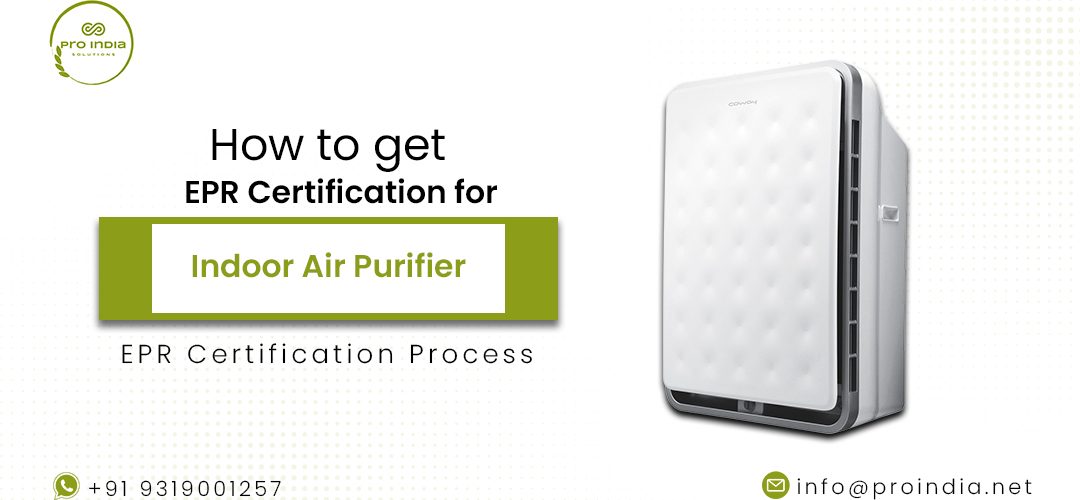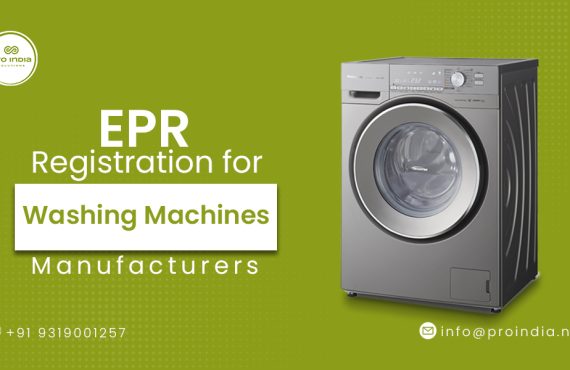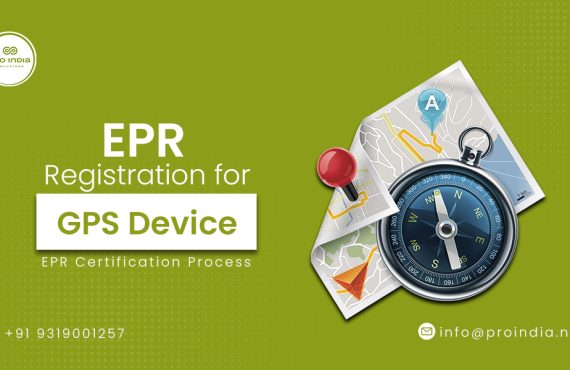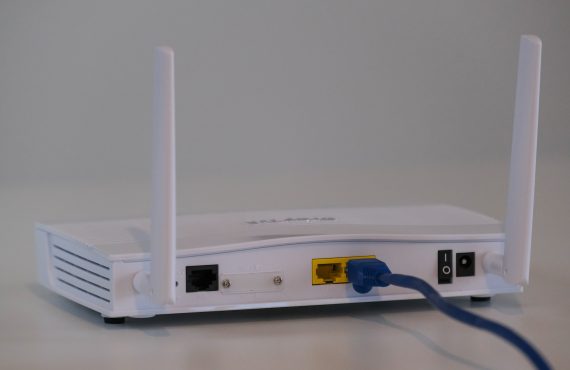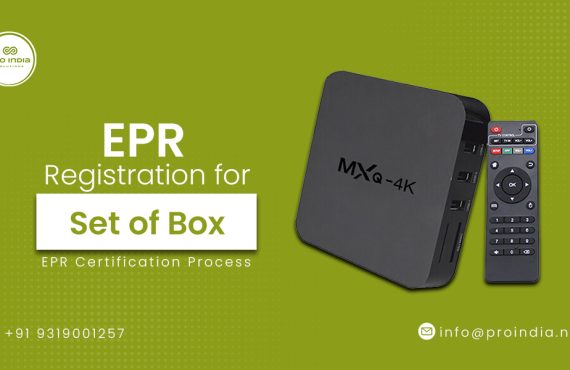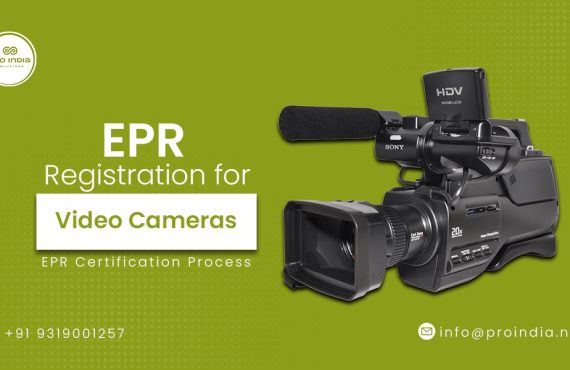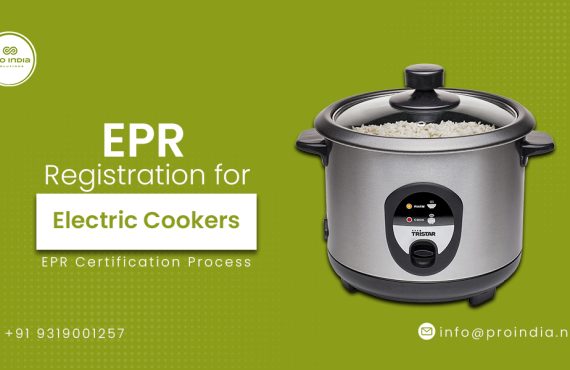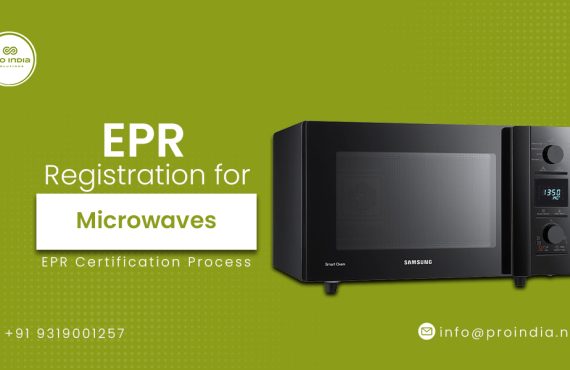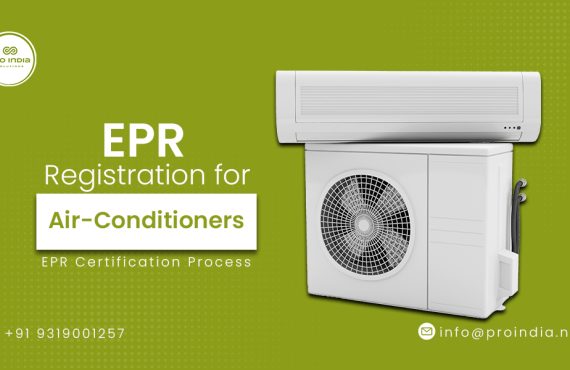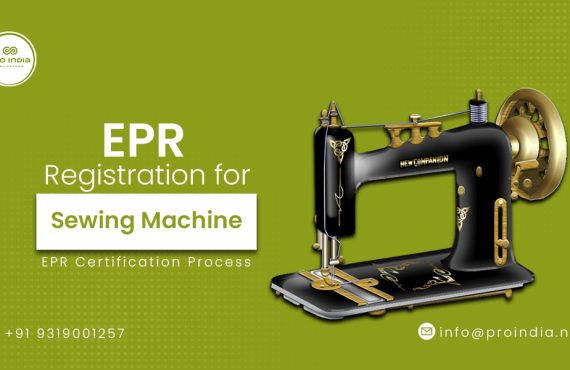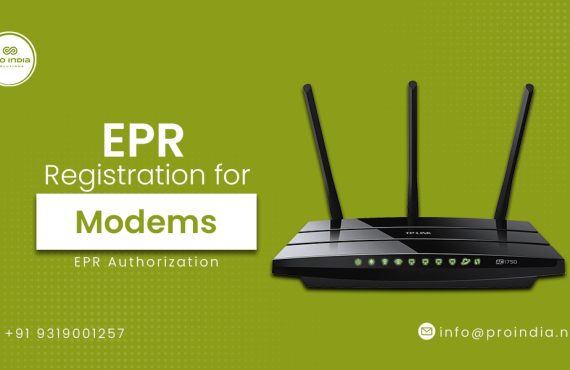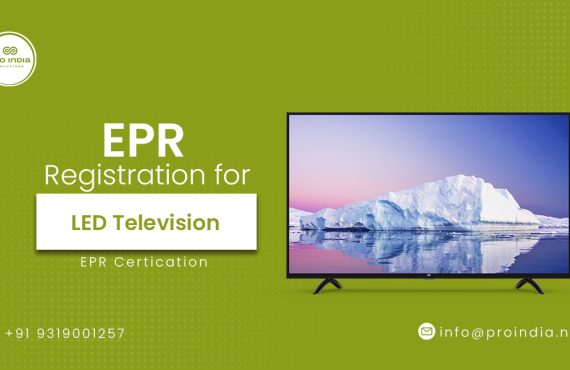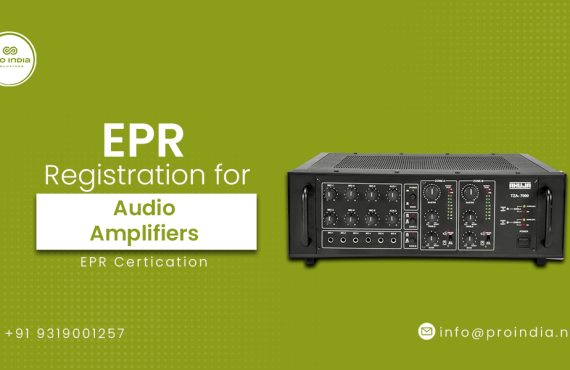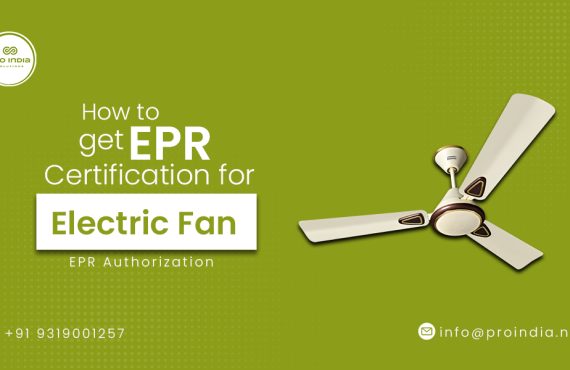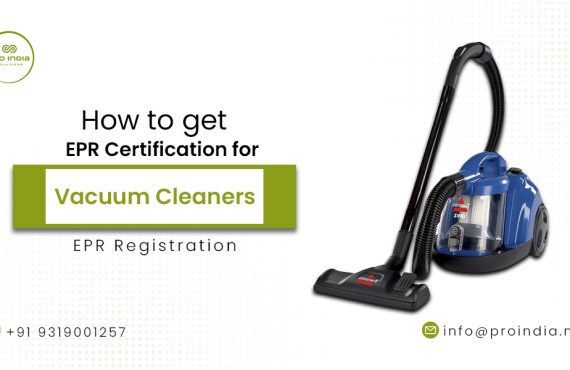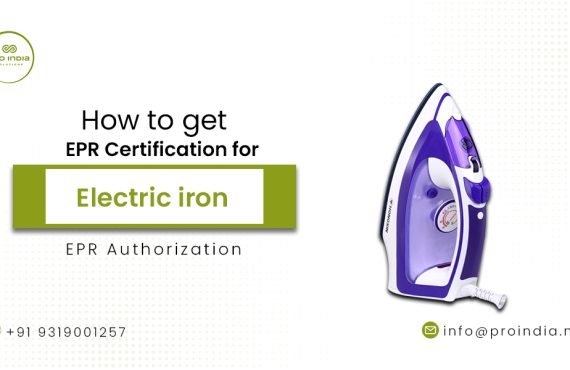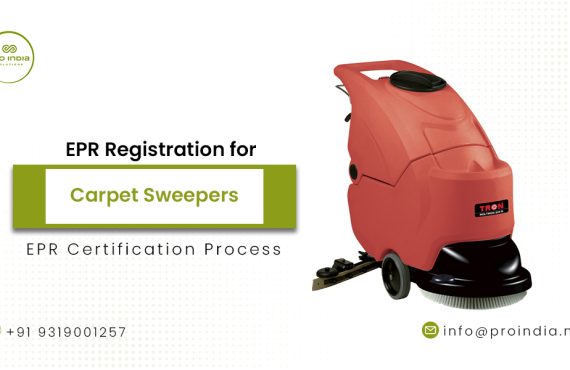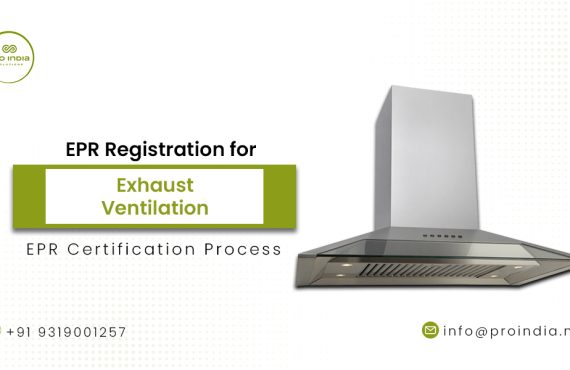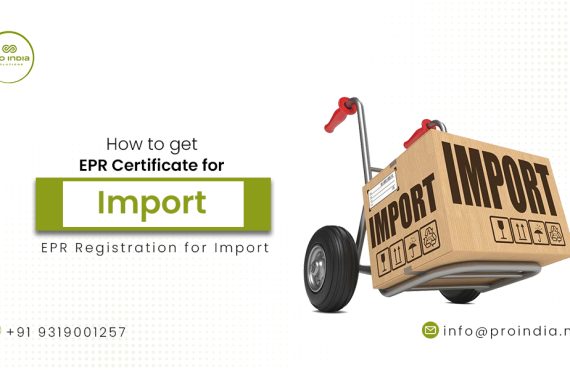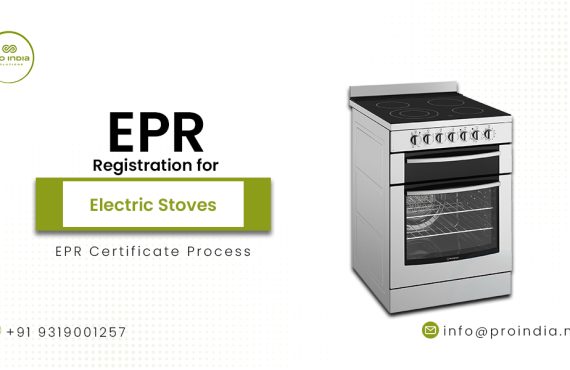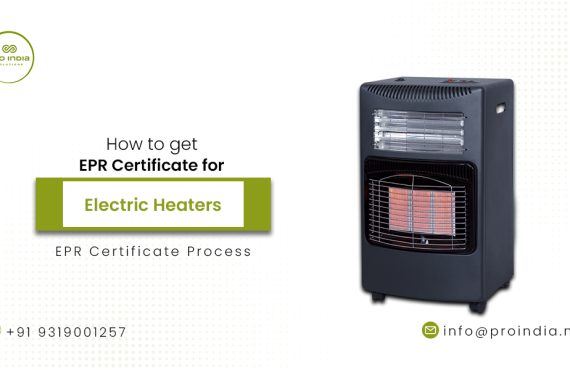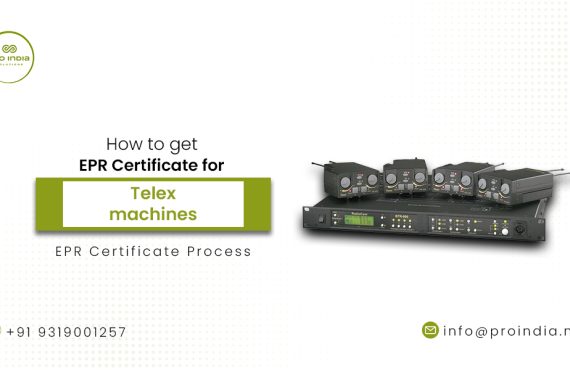Introduction :
Indoor air quality has grown to be a major concern for people today who want to live in a safe and pleasant environment. Many individuals are turning to indoor air purifiers as a practical answer to this problem. However, one important aspect to take into account while selecting the best air purifier is its EPR certification. In this blog post, we’ll get into the specifics of EPR certification for indoor air purifiers, explain why it’s important, and walk you through the process of getting it. You will have a comprehensive knowledge of EPR certification and its significance in guaranteeing the effectiveness and safety of air purifiers by the end of this essay.
Understanding EPR Certification
What is EPR Certification?
EPR (Efficacy and Performance Rating) certification is a voluntary process that evaluates the performance and efficiency of indoor air purifiers. It is conducted by independent testing laboratories to ensure that the air purifiers meet specific criteria and deliver the promised results.
Importance of EPR Certification for Indoor Air Purifiers
EPR certification serves as a mark of quality and credibility for air purifiers. It provides assurance to consumers that the devices have been thoroughly tested and meet stringent performance standards. Furthermore, EPR certification helps manufacturers differentiate their products in a competitive market and build trust among consumers.
Criteria for EPR Certification
Performance Standards for Air Purifiers
EPR certification evaluates various performance factors of air purifiers, such as CADR (Clean Air Delivery Rate), which measures the device’s efficiency in removing specific pollutants from the air. Other performance factors include filtration efficiency, noise level, and energy consumption.
Safety and Emissions Requirements
Air purifiers must also meet safety and emissions standards to obtain EPR certification. These standards ensure that the devices are safe to use, free from harmful materials, and do not emit excessive ozone or other pollutants during operation.
Step-by-Step Guide to Obtaining EPR Certification
Research and Select a Testing Laboratory
The first step in obtaining EPR certification is to research and choose a reputable testing laboratory that specializes in air purifier evaluations. Consider factors such as accreditation, experience, and the specific tests conducted by the laboratory.
Prepare Your Air Purifier for Testing
Before submitting your air purifier for testing, ensure that it is properly prepared. This may involve cleaning the device, replacing filters if necessary, and gathering all the necessary documentation and specifications.
Submitting Your Air Purifier for Testing and Evaluation
Once your air purifier is ready, submit it to the chosen testing laboratory. The laboratory will conduct various tests to assess its performance, efficiency, and safety. These tests may include CADR measurement, particle count, noise level assessment, and ozone emission analysis.
Evaluation Process and Reporting
After the testing phase, the laboratory will evaluate the results and generate a detailed report. This report will provide insights into your air purifier’s performance in different scenarios and whether it meets the required standards for EPR certification.
Compliance and Certification
If your air purifier meets all the necessary criteria, the testing laboratory will issue an EPR certification. This certification signifies that your device has successfully demonstrated its efficacy, performance, and safety.
Benefits of EPR Certification
4.1 Enhanced Credibility and Consumer Trust
EPR certification enhances the credibility of your air purifier in the eyes of consumers. It assures them that the device has undergone rigorous testing and meets recognized industry standards, increasing their trust in your product.
Compliance with Regulatory Standards
EPR certification ensures that your air purifier complies with relevant regulatory standards for indoor air quality. This can help you navigate legal requirements and avoid potential penalties or issues related to non-compliance.
Competitive Advantage in the Market
Having EPR certification gives you a competitive edge over non-certified air purifiers. Consumers are more likely to choose certified devices as they have the assurance of better performance and air quality.
Frequently Asked Questions
Conclusion:
In conclusion, obtaining EPR certification for your indoor air purifiers is a crucial step towards ensuring their efficacy and safety. By following the step-by-step guide provided in this comprehensive article, you can navigate the certification process with confidence. EPR certification not only enhances the credibility of your air purifiers but also instills consumer trust and provides a competitive advantage in the market. Ultimately, by offering certified air purifiers, you contribute to healthier indoor environments and promote the well-being of individuals.
Contact our expert now to meet your compliance requirements.


